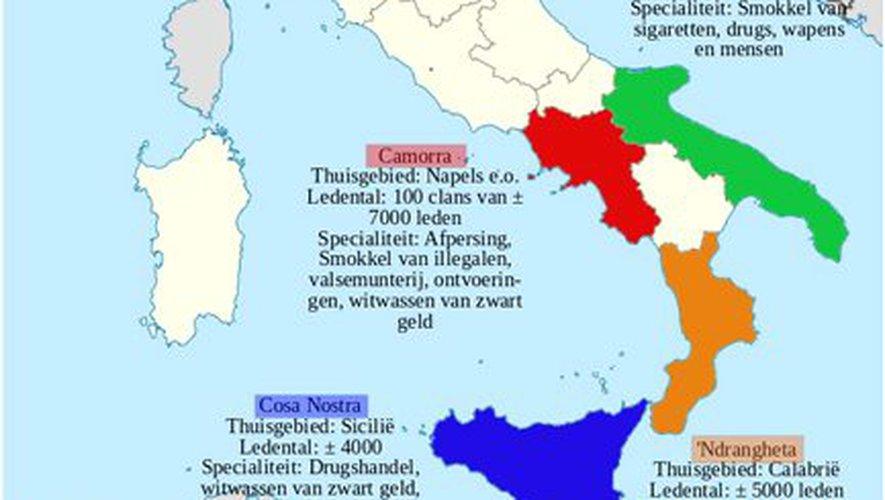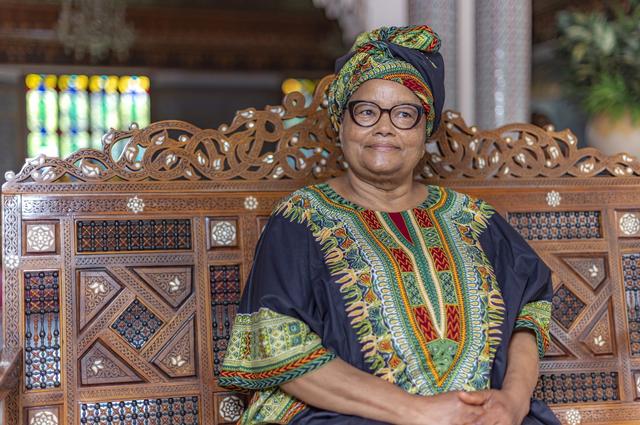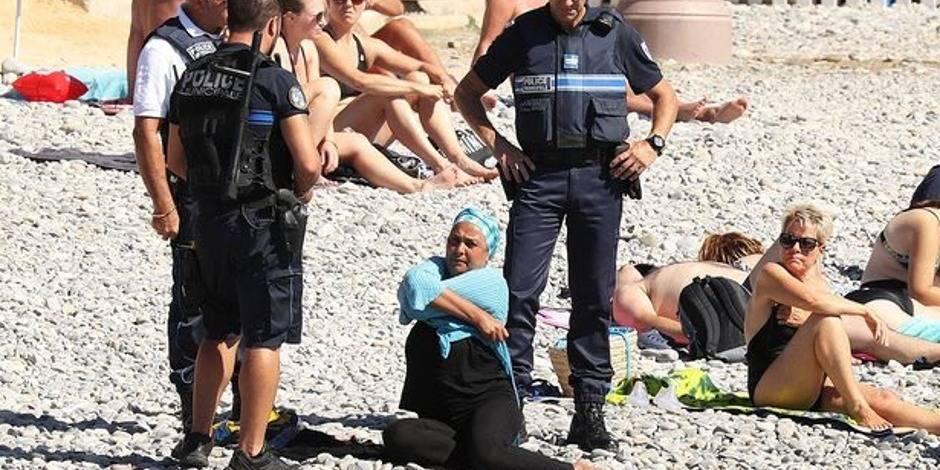Naples, Sicily, Calabria: in the heart of the mafia
If the story of the mafia could be made up of the elements of a romantic story… A hill whipped by the wind. Flaming torches under a dark sky. Dark figures, draped in capes. The first dreadful oath. This is also how the members of the Italian slums paint the blossoming of their brotherhoods. In Calabria, at the toe of the Italian "boot", legend has it that this specific branch of extortionists and drug traffickers originated in a dark and distant past, when three Spanish knights, the Osso brothers, Mastrosso and Carcagnosso, having fled Spain after the rape of their sister, find refuge on the island of Favignana to the west of the Sicilian coast.
Over time, the brothers established the rules and rites of the brotherhood which they baptized with the name of "Honourable Society". They then leave the island to found three new branches. Osso goes to Palermo and creates the Mafia. Mastrosso leaves for Naples, where he creates the Camorra. Carcagnosso moves to Calabria and founds the 'Ndrangheta.
THREE MAJOR CRIMINAL SOCIETIES
All of these stories are obviously legends from literature and myths that have as much real basis as the Cinderella tale. But if they are simply entertaining, they do teach us some important lessons. First of all, talking about “Italian mafia” is a mistake. In Italy, there are three major criminal societies: Cosa Nostra, i.e. the Sicilian Mafia, whose fame has transformed the Sicilian term mafia into a generic and universal term for organized crime; the Camorra, the mafia of Naples and inland; and the ‘Ndrangheta, the Calabrian mafia.
Next, despite several differences, these three mafias have in common a pseudo-noble language, of which honor is the fundamental concept. The Sicilian mafiosi call themselves "men of honor". At one time or another in their history, all mafias have declared themselves "Honourable Society".

Finally, history, however legendary, is important for the Italian mafia. The idea of belonging to an entity as ancient as it is noble, even if it is not based on anything, is the cornerstone of their collective identity. Mafia legends transmit a sense of durability and security to men engaged in a deadly and dangerous daily life: all problems fade away, and the antiquity of the roots is synonymous with a prolific future.
Stories like that of the Osso brothers, Mastrosso and Carcagnosso are part of the cultural arsenal invented by mafia organizations to survive in the long term. This is one of the reasons why the Mafia, the Camorra and the ‘Ndrangheta have not disappeared giving way to other criminal organizations, as is the case in the rest of the world. In summary, legends created reality and are one of the reasons why the mafias are still going strong more than a century and a half after their appearance.
But, by the way, how did these mafias really come into being? When did the mafiosi start to invent the stories they still believe? For answers, we must look back to the mid-nineteenth century, the period of revolutionary turmoil that spawned the modern Italian state.
Until 1859, the Italian peninsula was politically divided. The Austrian Empire rules the northeast. The Pope governs the central Papal States. And the south of the country and Sicily form the Kingdom of the Two Sicilies, under the rule of a monarch of the Bourbon dynasty. Between these predominant territorial blocks, several duchies and different regimes coexist.
For the rulers of Italy at the time, to envisage a unified country was either treason or heresy. But the people longed for this union, even if the patriots rarely agreed on what this future Italy should look like. The result was endemic political instability.
OATHS AND RITES OF PASSAGE
It is in the Kingdom of the Two Sicilies that the instability is particularly violent. Revolutionary conspiracies began long before Napoleon's armies left the peninsula in 1815. could conceal their plans more easily.
The most famous of them, the brotherhood of carbonari (the “coal burners”), sparked a revolt in Naples in 1820. The vogue for brotherhoods quickly spread to the most turbulent region of the Kingdom of the Two Sicilies: Sicily itself, the true cradle of the revolution.
All revolutions are violent, and conspirators such as the carbonari often recruit into their ranks henchmen, gang members, or leaders of separate factions in the prisons. These men had plenty of time to indulge in looting during the Sicilian revolts. And they discover that joining a secret society has many side benefits. The set of oaths, rites and myths reinforced the prestige of the band leaders and the obedience of their henchmen.








